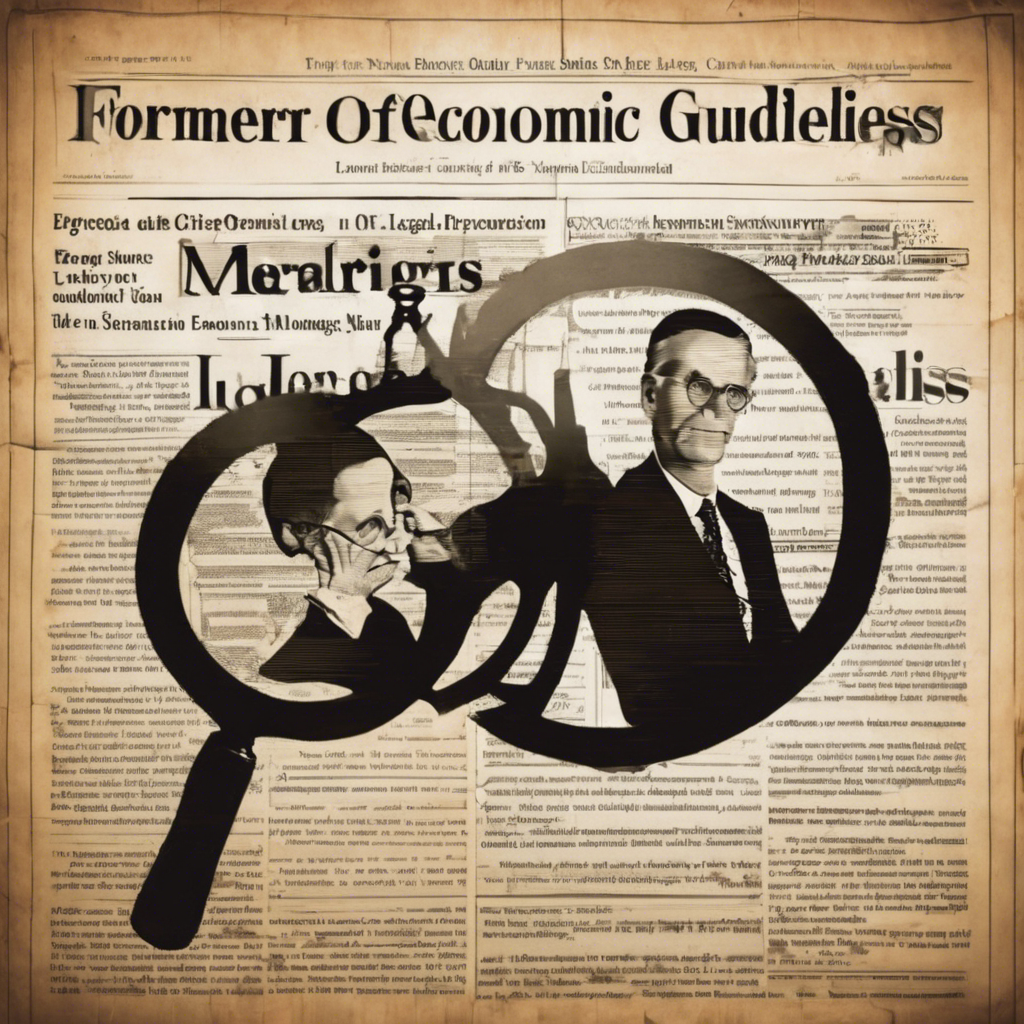Former Chief Economists Urge Separation of Legal and Economic Analysis in Merger Guidelines

Seventeen former chief economists advocate for a clear distinction between legal and economic analysis in the draft Merger Guidelines to enhance the role of economic considerations in merger review.
In a letter addressed to the heads of the Federal Trade Commission (FTC) and the Department of Justice Antitrust Division, seventeen former chief economists of these agencies have called for a separation of legal and economic analysis in the draft Merger Guidelines. The economists, who have served under both Democratic and Republican administrations, argue that this division is necessary to strengthen the role of economic understanding in merger review. They express concerns that the current draft contains an excessive amount of legal analysis, potentially undermining the Guidelines’ credibility and diminishing their impact on businesses and courts. By urging the agencies to maintain a document that solely reflects consensus economic thinking, the economists hope to preserve the Guidelines as a respected tool for merger enforcement.
The Influence of Merger Guidelines and the Need for Updates
Since their inception in 1982, the Merger Guidelines have played a pivotal role in shaping merger review practices and court decisions. The Guidelines have been highly regarded because they have reflected a broad consensus on the current economic understanding of competition in the modern economy. This understanding evolves over time, necessitating periodic updates to the Guidelines. The former chief economists acknowledge the importance of updating the Guidelines and commend the current administration for undertaking this task.
The Risk of Blurring Economic Analysis with Legal Interpretation
However, the economists express their concern about the current draft of the Merger Guidelines, which they argue contains a significant amount of legal analysis, argumentation, and interpretation. They emphasize the need to separate this legal material from the economic analysis to ensure that the Guidelines remain a reliable resource for businesses and courts seeking to understand how economic evidence is interpreted by the enforcement agencies. Without this separation, there is a real risk of turning the Guidelines into an advocacy piece that carries little weight with courts, ultimately undermining the effectiveness of merger enforcement.
Preserving the Integrity and Impact of the Merger Guidelines
To prevent the potential erosion of the Guidelines’ influence, the former chief economists propose that at least one of the Guideline documents focus solely on the interpretation of economic evidence based on current consensus economic thinking. This approach would allow the current administration to shape an analytical economic framework that remains durable even as new administrations come into power. By maintaining a document that reflects only the most robust and widely accepted economic understanding, the Guidelines can continue to serve as a strong and respected tool for merger enforcement.
Conclusion:
The call by seventeen former chief economists of the FTC and the Department of Justice Antitrust Division to separate legal and economic analysis in the draft Merger Guidelines highlights the importance of preserving the integrity and impact of these guidelines. By maintaining a document that solely reflects consensus economic thinking, the agencies can ensure that the Guidelines remain a trusted resource for businesses and courts seeking to understand how economic evidence is interpreted in merger review. This separation is crucial to prevent the Guidelines from being perceived as mere political advocacy tools, ultimately weakening the effectiveness of merger enforcement. As the agencies consider the revisions to the Merger Guidelines, they must carefully balance legal and economic analysis to maintain the Guidelines’ credibility and relevance in an evolving economic landscape.










